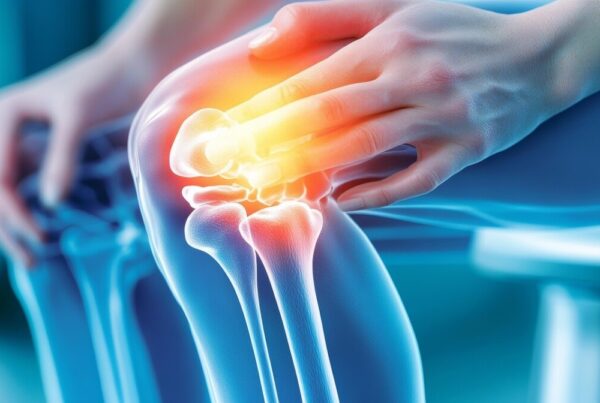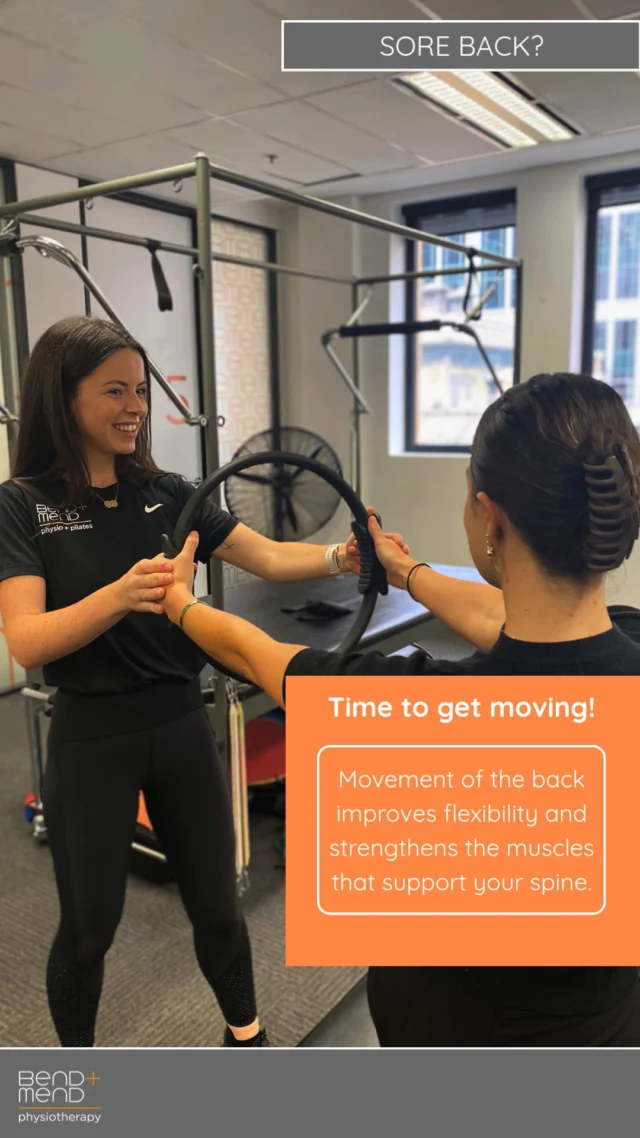As running season is now in full swing, in the clinic we are seeing the different injury presentations walk…or sometimes hobble through the door. One of least known injuries we see is a presentation called Medial Tibial Stress Syndrome (MTSS). In this blog post I will run through the basics of medial tibial stress syndrome and more importantly some of the risk factors and symptoms to look out for during your training.
MTSS is characterised as an overuse injury, meaning that there is no acute injury but symptoms that develop because of over-training. Recreational runners are the most common group of people that develop this condition. The exact physiological cause of pain is unknown, but the leading theories describe either an inflammatory or muscle traction mechanism that affects the outer most layer of the shin bone. Those runners who experience MTSS will describe a general soreness along the inside border of the shin bone brought on by exercise.
Overall we have some a good idea of what MTSS looks like but what about preventing the onset of symptoms in the first place? As with all injuries, unfortunately there is no way to completely prevent injures but identification of risk factors decreases the likelihood of developing symptoms. With MTSS the risk factors and hence subsequent treatments relate to offloading the injured tissue in some way. Some of the modifiable risk factors that have been described with MTSS are:
- Increased weekly running distance.
As MTSS is an overuse injury, training load and progression of your weekly running program is key to preventing injury. A recent study showed that those expanding their runs more than 30% had a higher prevalence of injury. This highlights the importance of running planning and a gradual increase in running training.
- Hip and knee posture with running.
Increase in pelvic drop can shift your centre of balance further into the centre of the body. In doing this it can increase the force on the medial shin bone while running. A similar process occurs with an inward twisting of the knee when running. Using strength training and gait re-training methods can help in correcting these behaviours and assist in unloading the injured tissue.
- Increase foot drop (Low arch control).
Having a low foot arch can be a normal posture of the foot, however sometimes it can also increase the load through the inner shin bone. Treatment for this posture can include a short-term use of foot orthose to help offload tissue while strength is being built in other structures.
These a just some factors that can contribute to the onset of MTSS. This is a multi-faceted pathology that can be very tricky to manage. Please contact your Physiotherapist here at Bend + Mend for advice that is specific to you and your training.





